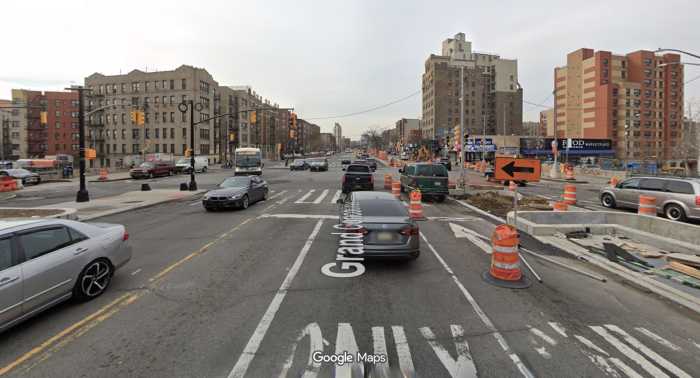
The city has significantly reduced pollution in the East River and in the Long Island Sound over the last seven years, but a group of environmentalists says there’s still a ways to go.
The nonprofit Save the Sound released a report Wednesday that showed a billion-dollar investment by the city’s Department of Environmental Protection had cut the amount of nitrogen in the area’s water and decreased the polluted hypoxic zones. (Excess nitrogen in water reduces the level of oxygen, leading to dead marshes, increased algae and ultimately fewer fish.)
Tracy Brown, the group’s director, said DEP needs to continue its efforts so that the rest of Long Island Sound can return to healthier levels.
“It’s getting better. This is positive proof that if we invest in dividends, we get clean water,” Brown said at a City Hall news conference.
The Save the Sound study found that most of the nitrogen in the East River comes from wastewater dumped by various treatment plants in New York, Westchester and Connecticut. Over the last decade, DEP has upgraded its treatment plants with technology that removes nitrogen from wastewater before it is discharged.
As a result, nitrogen levels in the East River are down 61 percent since 1990.
Jamie Vaudrey, an assistant research professor of marine sciences at the University of Connecticut who helped write the Save Our Sound report, said New York City should be the focus of Long Island Sound efforts because it is responsible for half of the sewage discharge that has increased the nitrogen.
“If you look back in history we never had hypoxic zones,” she said.
A spokesman for DEP said the city is committed to improving the river and the sound, but acknowledged that the work will take time.
“We look forward to working with our regional partners in Connecticut, Westchester and Long Island as they meet their reduction commitments to restore the health and ecology of Long Island Sound,” he said in a statement.



































